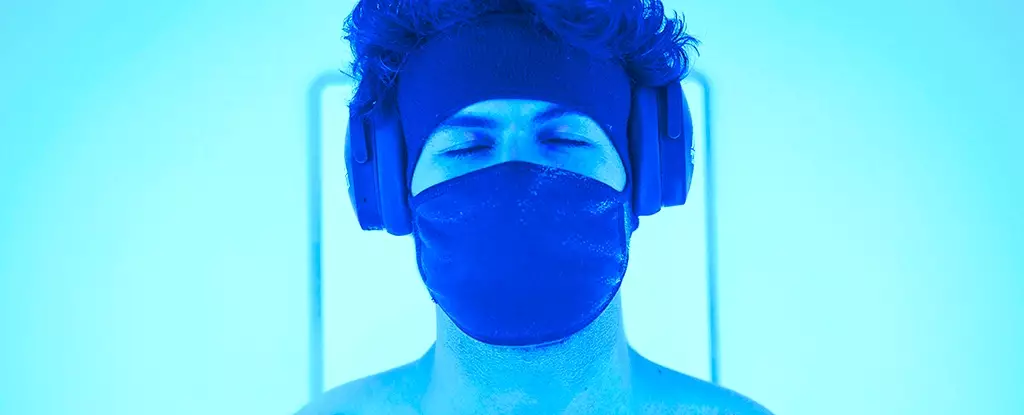As sleep becomes an increasingly prominent topic of discussion in our fast-paced world, any innovative approach that promises to enhance sleep quality deserves our attention. Recent research led by a team at the University of Poitiers in France has introduced cryostimulation—a treatment involving brief exposure to extremely low temperatures—in hopes of improving both sleep quality and mood. This article analyzes the intriguing implications of this treatment, the methods employed in the study, and the potential for future research in the realm of sleep enhancement.
The research assessed 20 healthy individuals, averaging 23 years in age, who participated over five consecutive days. Participants underwent a daily five-minute session inside a cryostimulation chamber, where temperatures dipped to an astonishing -90°C (-130°F). Following these sessions, each participant returned to their regular daily routines but was instructed to abstain from substances like alcohol and caffeine, which could interfere with sleep quality.
To measure sleep quality accurately, researchers employed an array of physiological sensors to track brain and heart activity during overnight rest periods. Participants then completed questionnaires regarding their sleep experience. This design offered a multi-faceted glimpse into the relationship between cryogenic exposure and various sleep parameters.
Researchers noted a remarkable uptick in one key aspect of sleep: slow-wave sleep (SWS). This stage of sleep is critical for physical health and cognitive functions, including memory consolidation, immune function, and overall restorative processes. The study revealed an increase of approximately 7.3 minutes in SWS duration during the initial two sleep cycles following cryostimulation sessions. Additionally, participants reported positive shifts in mood and experienced decreased anxiety levels, with these benefits proving particularly notable among female participants.
The distinct influence of gender on the results opens a discussion about possible variations in physiological responses to extreme cold exposure. Kinesiologist Olivier Dupuy from the University of Montreal noted that findings hint at the necessity for tailored applications of cryostimulation based on gender, calling for more detailed research to explore this dimension.
While the findings are promising, the study’s limitations cannot be overlooked. The relatively small sample size raises questions about the generalizability of the results to broader populations. Moreover, other sleeping parameters, including the duration taken to fall asleep and the length of rapid eye movement (REM) sleep—a critical phase linked to dreaming and emotional processing—remained unchanged. This suggests that while cryostimulation may enhance certain aspects of sleep, it does not universally benefit all sleep stages.
Future research avenues should not only expand upon the participant pool but also delve deeper into the mechanisms that link cryostimulation with improved sleep quality. Understanding these underlying processes will be key in defining optimal protocols for cold exposure, such as the duration and frequency of sessions, which could maximize the therapeutic advantages of cryostimulation.
Implications for Athletes and Health Interventions
Beyond its promising findings on general sleep quality, cryostimulation paves the way for innovative applications within sports medicine and therapeutic health interventions. Elite athletes often seek recovery methods that enhance performance while minimizing injury. The dual advantage of improved sleep quality and reduced inflammation through cryogenic therapy could serve as an effective tool for post-exercise recovery strategies.
Furthermore, the potential implications extend into clinical contexts—addressing chronic sleep issues, inflammation, and even early-stage cognitive decline. As Dupuy emphasized, the use of cold in therapeutic applications has roots dating back to ancient Greece, indicating a historical awareness of its benefits which are now being scientifically validated.
In a world where sleep is increasingly compromised by stress, technology, and lifestyle demands, the exploration of alternative remedies such as cryostimulation provides a refreshing perspective. While more rigorous, large-scale studies are necessary to validate initial findings, there is a growing consensus that this chill-inducing practice may usher in a new era of sleep quality enhancement. As research progresses, it is likely that cryostimulation will carve out its niche as a treatment option not only for athletes but for anyone striving for improved well-being through better sleep.


Leave a Reply